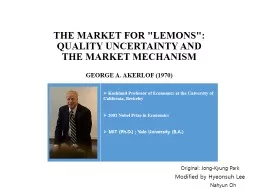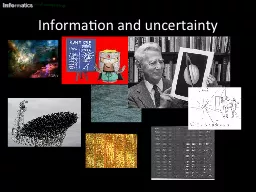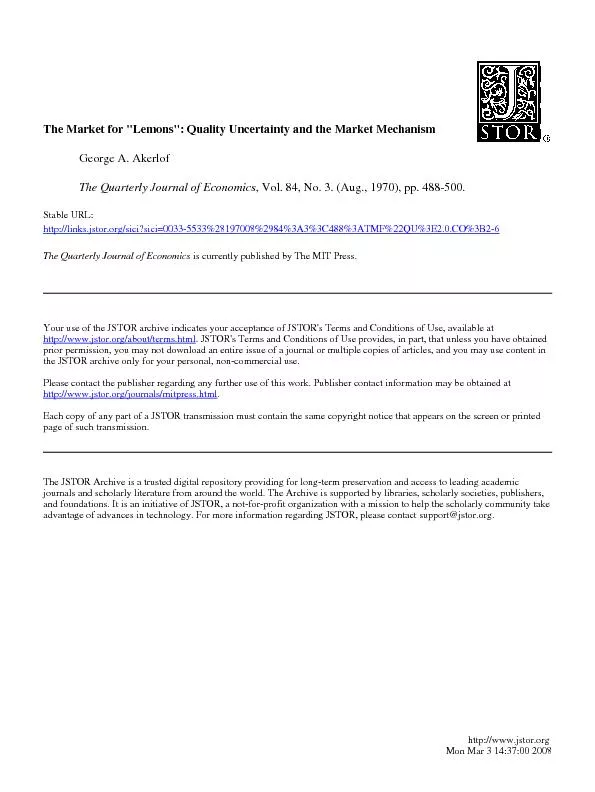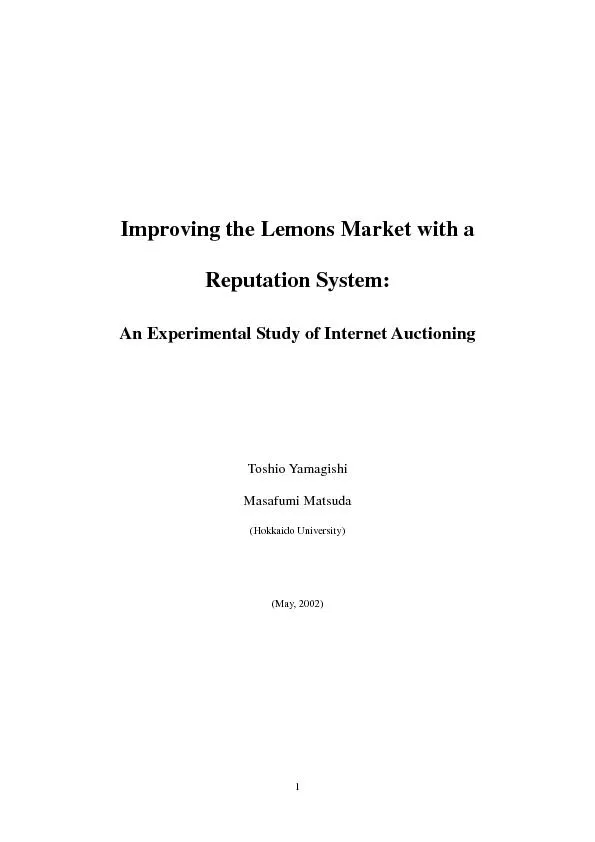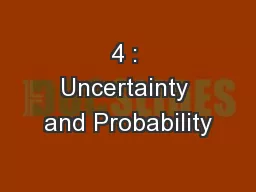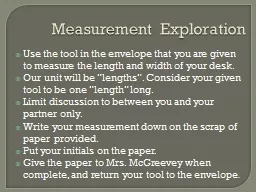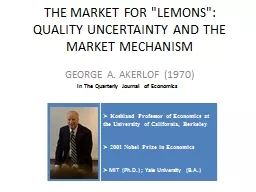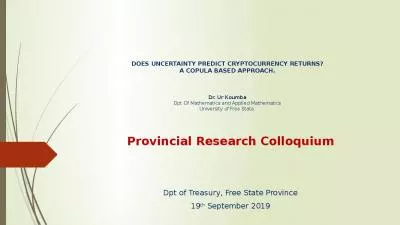PPT-THE MARKET FOR "LEMONS": QUALITY UNCERTAINTY AND
Author : giovanna-bartolotta | Published Date : 2019-11-01
THE MARKET FOR LEMONS QUALITY UNCERTAINTY AND THE MARKET MECHANISM Original JongKyung Park Modified by Hyeonsuh Lee Nahyun Oh Koshland Professor of Economics at
Presentation Embed Code
Download Presentation
Download Presentation The PPT/PDF document "THE MARKET FOR "LEMONS": QUALITY UNCERTA..." is the property of its rightful owner. Permission is granted to download and print the materials on this website for personal, non-commercial use only, and to display it on your personal computer provided you do not modify the materials and that you retain all copyright notices contained in the materials. By downloading content from our website, you accept the terms of this agreement.
THE MARKET FOR "LEMONS": QUALITY UNCERTAINTY AND : Transcript
Download Rules Of Document
"THE MARKET FOR "LEMONS": QUALITY UNCERTAINTY AND "The content belongs to its owner. You may download and print it for personal use, without modification, and keep all copyright notices. By downloading, you agree to these terms.
Related Documents

